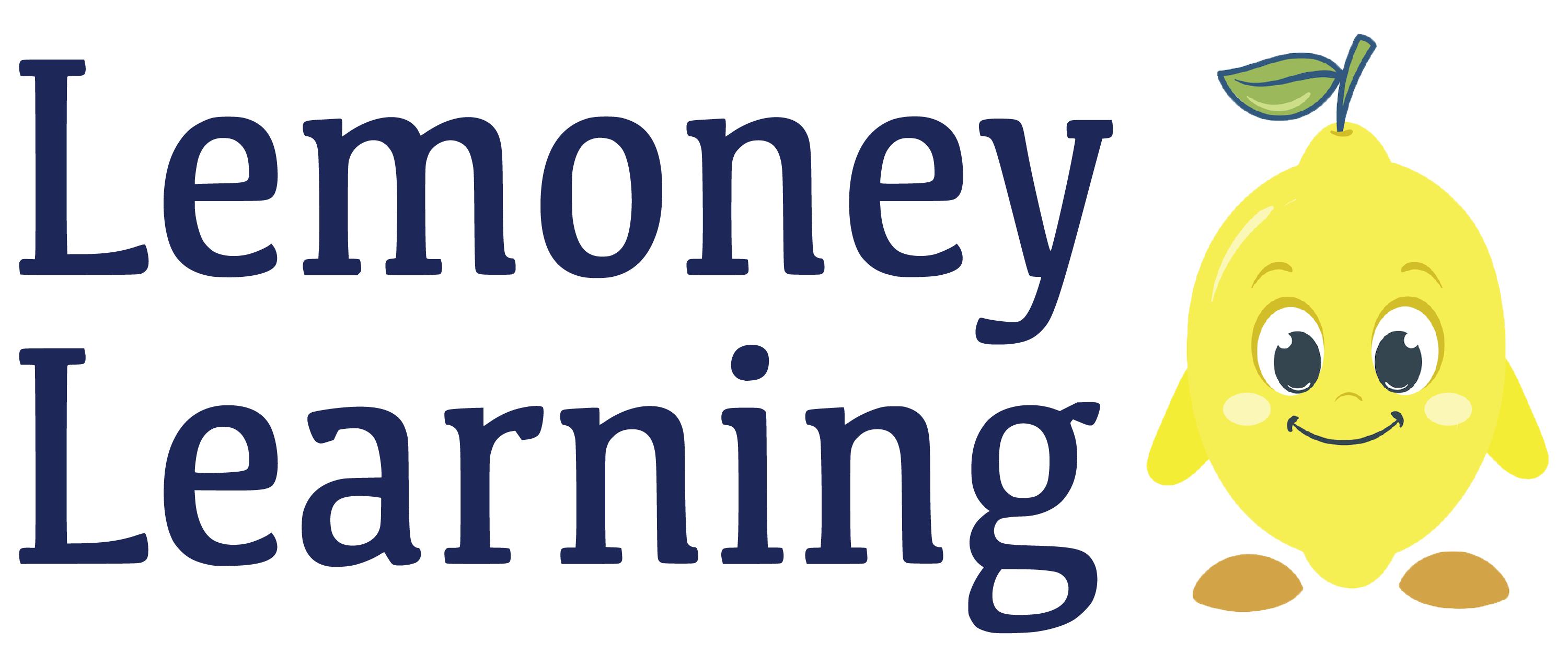Collaboration among teaching teams is a cornerstone of effective education. For today’s students, the synergy between teachers can significantly enhance the learning experience. This blog delves into the importance of collaboration among teaching teams, highlighting its benefits and offering strategies to foster a collaborative environment.
Understanding Collaboration in Education
Definition and Scope
Collaboration in education involves teachers working together to share resources, strategies, and responsibilities to achieve common educational goals. This teamwork can occur within grade-level teams, subject-specific teams, or interdisciplinary teams. The scope of collaboration extends beyond mere cooperation; it encompasses co-planning, co-teaching, and continuous professional development.
The Rationale for Collaboration
• Diverse Expertise: Each teacher brings unique skills and knowledge, enriching the collective teaching capability.
• Shared Responsibility: Collaborative teaching distributes the workload, reducing stress and burnout.
• Innovative Practices: Joint efforts often lead to creative solutions and innovative teaching practices.
Benefits of Collaboration
Enhanced Student Learning
When teachers collaborate, they can design more comprehensive and coherent curricula. This integrated approach helps students make connections across different subjects, deepening their understanding and retention of knowledge.
Professional Growth
Collaboration fosters an environment of continuous learning for teachers. Through regular interaction and exchange of ideas, teachers can stay updated with the latest educational trends and methodologies, enhancing their teaching efficacy.
Improved Problem-Solving
Collaborative teams are better equipped to address classroom challenges. Whether dealing with diverse learning needs or behavioral issues, a team approach can provide multifaceted solutions that might be overlooked by an individual teacher.
Increased Job Satisfaction
Teaching can be an isolating profession, but collaboration builds a sense of community and support. Teachers who work together often report higher job satisfaction and a greater sense of professional fulfillment.
Strategies for Effective Collaboration
Establish Clear Goals
Successful collaboration starts with a shared vision. Teaching teams should define clear, achievable goals that align with the school’s mission and student needs.
Regular Communication
Consistent and open communication is crucial. Regular meetings, either in-person or virtual, help maintain alignment and address any emerging issues promptly.
Utilize Collaborative Tools
Modern technology offers various tools to facilitate collaboration. Platforms like Google Classroom, Microsoft Teams, and other educational software can streamline communication, resource sharing, and project management.
Foster a Collaborative Culture
School leaders play a pivotal role in fostering a culture of collaboration. This can be achieved by:
• Encouraging professional development opportunities focused on teamwork.
• Recognizing and rewarding collaborative efforts.
• Providing time and resources specifically for collaborative activities.
Reflect and Adapt
Continuous reflection is essential for improvement. Teaching teams should regularly assess their collaborative efforts, seek feedback, and be willing to adapt their strategies to better meet their goals.
Real-World Examples
Case Study: A High School Science Department
At Maple High School, the science department implemented a collaborative approach to curriculum design. By working together, the teachers developed a series of interdisciplinary projects that integrated biology, chemistry, and physics. This not only made the subjects more engaging for students but also helped them see the interconnectedness of scientific concepts.
Case Study: Elementary Grade-Level Teams
At Washington Elementary, grade-level teams meet weekly to discuss student progress and share instructional strategies. This regular collaboration has led to more consistent teaching practices across classrooms and has significantly improved student performance on standardized tests.
Conclusion
Collaboration between teaching teams is not just a beneficial practice; it is a necessity for achieving educational excellence. By working together, teachers can enhance their professional growth, improve student learning outcomes, and create a more supportive and innovative educational environment. As schools continue to navigate the complexities of modern education, fostering collaboration among teaching teams will be key to unlocking their full potential.
By embracing and nurturing collaborative practices, we can ensure that our education system is well-equipped to meet the diverse needs of all students, preparing them for success.
